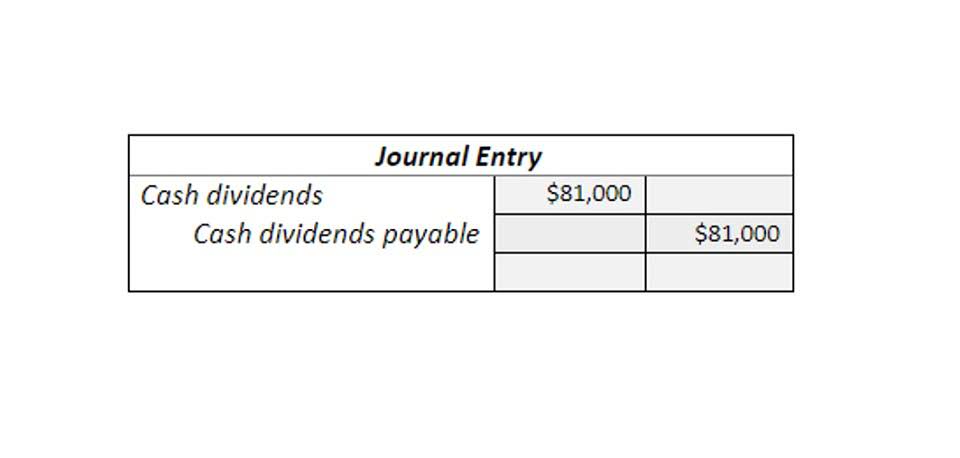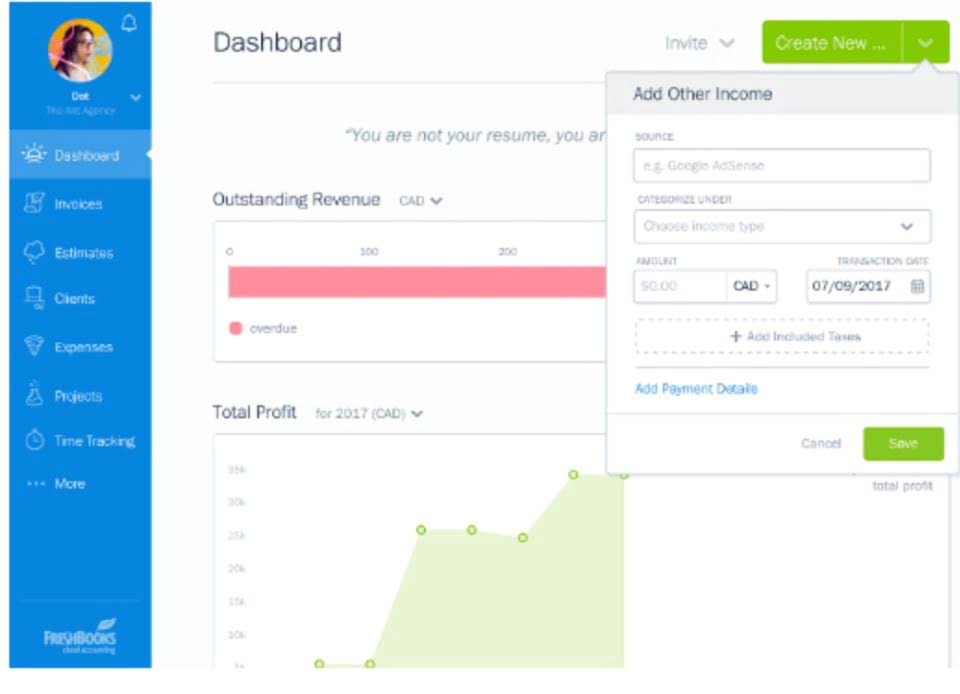Prepaid Insurance Definition, Journal Entries Is it an Asset? Leave a comment

Prepaid insurance is an asset account as it represents the advance amount paid by a firm to the insurer for the insurance services of the upcoming fiscal period. Any money you spend with a prepaid card is deducted from your card balance, not your bank account. You don’t need a when a business pays for insurance prepaid insurance is bank account to use prepaid cards, which is why they appeal to people who are unable to access traditional banking.

Personal Insurance Business Owner
When a business pays for rent before the period it covers, this amount is recorded as a prepaid expense. For example, if a business pays $12,000 for a one-year insurance policy, it records the payment as a prepaid expense of $12,000. For instance, if a company pays for a year’s worth of advertising upfront, it benefits from a clearer picture of its monthly expenses by tracking only the portion used during that time. When a prepaid expense is recorded, it enters the accounting system as a current asset.
Which Factors Will Affect Your Monthly Car Insurance Premium?
- The payment is entered on November 20 with a debit of $2,400 to prepaid insurance and a credit of $2,400 to cash.
- A business may purchase a one-year liability insurance policy and pay the premium upfront.
- Businesses can further simplify their accounting processes with AI/ML-powered Transaction Matching automating data extraction and reconciliation enabling firms to experience an auto match rate of 90%.
- At the payment date of prepaid insurance, the net effect is zero on the balance sheet; and there is nothing to record in the income statement.
- A prepaid expense is carried on an insurance company’s balance sheetas acurrent assetuntil it is consumed.
- These include commercial property cover, product liability cover and employee cover.
Businesses maintain accurate records of these transactions to comply with accounting rules. Businesses commonly encounter prepaid expenses when they pay for rent, insurance, or subscriptions in advance. By the end of the one-year period, the entire $12,000 prepaid insurance asset will have been transferred to the “Insurance Expense” account, accurately reflecting the cost of insurance for that period. The payment is entered on November 20 with a debit of $2,400 to prepaid insurance and a credit of $2,400 to cash. When you lease an office space, you can pay in advance to lock in the price or get a discount.
B2B Payments
Therefore, the insurance payments will likely involve more than one annual financial statement and many interim financial statements. To calculate the monthly expense, you divide the total insurance premium paid by the number of months in the coverage. Also,Prepaid expenses are expenditures in one accounting period, and they you will not recogniz until a later accounting period. Hence, the value of prepaid expenses is expensed over time onto the balance sheet. So, the most common examples of prepaid expenses are prepaid rent and prepaid insurance.
Record Your Payment

I recommend avoiding doing this because these journal entries won’t give your client a true picture of their day to day results. A business that owns motor vehicles will require insurance cover on those. These include commercial property cover, product liability cover and employee cover. Here are some common types of insurance that are recommended for a business depending on the type of business they operate. Julia Kagan is a financial/consumer journalist and former senior editor, personal finance, of Investopedia.
- Each month, the company will then allocate $1,000 as an insurance expense.
- Assume Corporation X enters into a contract with Y to provide advertising services to X.
- This prepaid account will come to the NIL balance at the end of the accounting period and all the expenses accrued in the income statement.
- However, the expense must be spread out over the policy’s term for tax purposes.
- Passing adjustment entries to balance the books of accounts is often helpful, preventing one from making an entry for new business transactions.

So when it comes to entering these transactions into the bookkeeping records of a business there accounting are different journal entries to consider. It is important to know how these expenses are treated to ensure proper compliance. Prepaid insurance can also provide businesses with a sense of financial security and stability, as they know they’ve already paid for their coverage and can focus on other aspects of their operations.
Are prepaid insurance a current assets?
- The recommendation is to group this insurance with the other motor vehicle expenses (fuel, r&m) in the bookkeeping accounting records.
- Prepaid expenses work by spreading out the cost of goods or services over the period they are used.
- This principle ensures that expenses are recorded in the same period as the revenues they help generate.
- This annual fee can be paid with a one-off payment or it can be spread over 12 monthly payments, or sometimes fortnightly.
- Prepaid insurance is usually considered a current asset, as it becomes converted to cash or used within a fairly short time.
- HighRadius empowers accounting teams to work more efficiently, accurately, and collaboratively, enabling them to add greater value to their organizations’ accounting processes.
Prepaid expenses are expenses that are bought or paid for in advance, and may include things like insurance, rent, utilities, and subscriptions. Individuals benefit from prepaid expenses to make sure they will not miss payments for things like health insurance. It reflects a future economic advantage for the insured party by providing protection against potential losses or obligations. Prepaid insurance is first recorded as an asset on the balance sheet because the coverage is for Grocery Store Accounting a future point in time. It helps ensure compliance with IRS regulations and provides clear financial statements. A business should monitor prepaid expenses regularly to confirm that reporting is correct and up to date.
The above journal is only used when the business pays for the owner’s personal insurance out of the business bank account. Capital is the account used for showing how much personal money is used by the business owner to pay for business expenses. It can either be deposited into the business bank account and coded to Capital or presented by a journal like the one above. Prepaid expenses are recorded in accounting to accurately reflect expenses that will occur in the future. This practice helps in planning and allows companies to allocate resources appropriately over time. Knowing how to handle these payments can lead to better financial health and clearer accounting practices.
- The above journal is only used when the business pays for the owner’s personal insurance out of the business bank account.
- A prepaid expense is carried on an insurance company’s balance sheet as a current asset until it is consumed.
- An insurance premium is an amount that an organization pays on behalf of its employees and the policies that a business has rendered.
- In some cases, businesses might prepay for utilities like electricity or water.
- The prepaid insurance is then expensed throughout the year for the portion of the insurance that is being used each month.
- Plus, there are questions I received from real bookkeepers/business owners who needed to know how to enter their insurance proceeds from property damage to which you can read my answers.
Is prepaid insurance a debit or credit?

By learning about prepaid expenses, individuals and businesses can avoid common pitfalls in expense management. This knowledge helps ensure that cash flow remains steady and that funds are allocated efficiently for future needs. When the insurance coverage comes into effect, it is moved from an asset and charged to the expense side of the company’s balance sheet. In this case, the company’s balance sheet may show corresponding charges recorded as expenses. We can help businesses achieve financial stability and accuracy by automating prepaid insurance journal entry management with HighRadius’ Record to Report (R2R) suite. As of November 30, none of the $2,400 has expired, but on December 31, an adjusting entry will show a debit of $400 to insurance expense and a credit of $400 to prepaid insurance.
